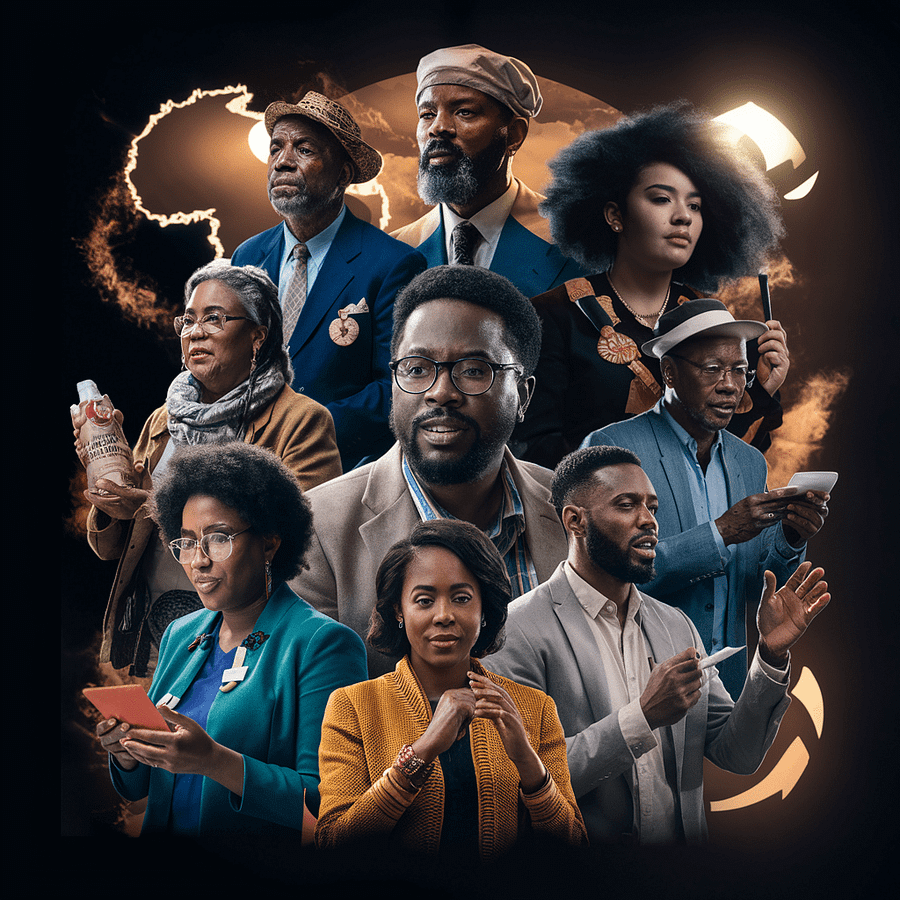Pan-Africanism is a political and social movement that aims to unite African countries and peoples of African descent worldwide to foster solidarity and achieve collective advancement. Its roots trace back to the late 19th and early 20th centuries, evolving through significant phases of development, influenced by various intellectuals, activists, and leaders. This article explores the origins, principles, and notable figures associated with Pan-Africanism.

Origins of Pan-Africanism
The origins of Pan-Africanism can be traced back to the struggles against colonialism and slavery. The early seeds of the movement were planted by African descendants in the diaspora, particularly in the Americas and the Caribbean. These communities sought to address the systemic racism and inequality they faced and to reconnect with their African heritage.
Key Early Events and Figures:
- The 1900 Pan-African Conference: Held in London and organized by Henry Sylvester-Williams, a Trinidadian lawyer, marked the first major step towards a unified African consciousness. It called for the end of colonial rule and racial discrimination.
- W.E.B. Du Bois: An American sociologist and civil rights activist, Du Bois was a leading figure in the early Pan-African movement. He organized several Pan-African Congresses, starting in 1919, to address the issues facing African people globally.
Principles of Pan-Africanism
Pan-Africanism is built on several core principles aimed at fostering unity and collective progress for African peoples. These principles include:
- Unity and Solidarity: Emphasizing the importance of unity among African nations and peoples of African descent, both on the continent and in the diaspora.
- Self-Determination: Advocating for the right of African people to control their own political, social, and economic affairs.
- Economic Empowerment: Promoting economic collaboration and development to achieve self-sufficiency and reduce dependency on external powers.
- Cultural Renaissance: Reviving and celebrating African cultures, traditions, and identities that were suppressed during colonial rule.
Prominent Figures in Pan-Africanism
1. Marcus Garvey: A Jamaican political leader, Garvey is often considered one of the most influential figures in Pan-Africanism. He founded the Universal Negro Improvement Association (UNIA) and advocated for the return of African descendants to their ancestral lands. Garvey’s message of black pride and economic self-sufficiency resonated widely.
2. Kwame Nkrumah: As the first President of Ghana, Nkrumah was a leading advocate for African independence and unity. He played a key role in the formation of the Organization of African Unity (OAU) in 1963, which aimed to promote cooperation and solidarity among African states.
3. Haile Selassie: The Emperor of Ethiopia, Selassie was a staunch supporter of Pan-Africanism and instrumental in the establishment of the OAU. His leadership and vision helped shape the direction of the movement during the mid-20th century.
4. Malcolm X: An American civil rights leader, Malcolm X’s advocacy for black empowerment and his embrace of Pan-African ideals inspired many in the diaspora to connect with the broader African liberation movement.
5. Julius Nyerere: The first President of Tanzania, Nyerere was a key proponent of African socialism and unity. His policies and writings emphasized the need for collective progress and self-reliance among African nations.
Pan-Africanism in the Modern Era
Pan-Africanism continues to evolve, adapting to contemporary challenges and opportunities. Today, the movement encompasses a range of activities and initiatives, including:
- The African Union (AU): Established in 2002, succeeding the OAU, the AU aims to accelerate political and socio-economic integration, promote peace and security, and champion African unity and solidarity.
- Economic Initiatives: Efforts like the African Continental Free Trade Area (AfCFTA) aim to boost intra-African trade and economic collaboration.
- Cultural and Educational Programs: Various organizations and initiatives promote African history, culture, and education, fostering a sense of identity and pride among African peoples.
Conclusion
Pan-Africanism remains a powerful and enduring movement, rooted in the struggle for freedom, equality, and unity. From its early beginnings in the diaspora to its present-day manifestations, Pan-Africanism continues to inspire and mobilize individuals and communities worldwide. By embracing the principles of unity, self-determination, and cultural renaissance, Pan-Africanism strives to create a future where African peoples can thrive collectively and independently.
